Pickleball Tips: Elevate Your Game with These Expert Strategies
Pickleball, the fastest-growing sport in the United States, is a dynamic game combining elements of tennis, badminton, and ping-pong. Whether you are a rookie testing the waters or a seasoned player refining your skills, pickleball offers immense fun and challenges. This ultimate guide encompasses essential skills, expert strategies, and practical Pickleball tips designed to elevate your game, enhance your performance, and maximize your enjoyment of pickleball. Dive in and discover the secrets to excelling in this exhilarating sport.
Essential Skills for Beginners
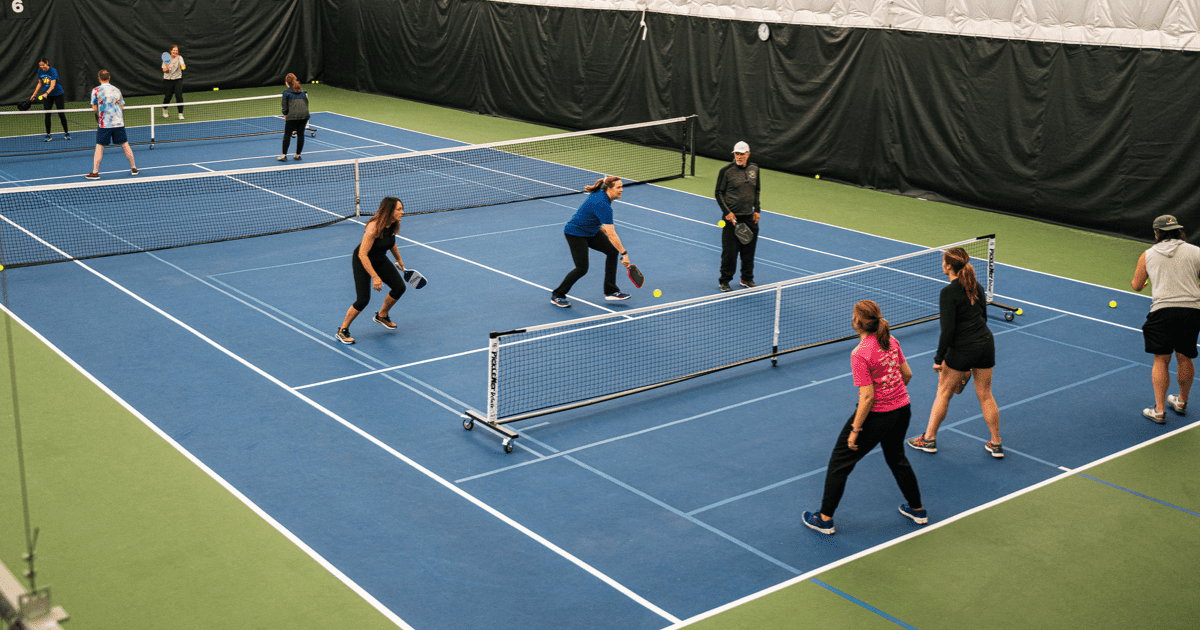
Grip and Paddle Control
One of the foundational skills in pickleball is having a proper grip on the paddle. Much like the grip on a tennis racket, the manner in which you hold the paddle significantly impacts your control and power. Beginners often start with the Eastern grip, akin to shaking hands with the paddle. This grip is versatile, allowing easy transition between forehand and backhand shots. However, an adjusted Eastern grip can provide more stability and precision.
Imagine holding a pen; too tight, and you fatigue quickly, too loose, and you lack control. The same principle applies to your pickleball paddle. Practice different grips and experiment with slight adjustments to find your comfort zone. Some seasoned players may transition to a Continental grip (or hammer grip) for more advanced play, particularly when executing volleys and spin shots.
Consider the paddle as an extension of your arm. Feel the synergy between the paddle and your hand. It’s also vital to understand the nuances of various paddles on the market. Composite paddles offer a good balance between power and control, while graphite paddles provide excellent touch and maneuverability.
Footwork Fundamentals
Effective footwork separates novice players from experts. Good footwork ensures you’re in the optimal position to make each shot correctly. Think of your feet as the foundation of a building; without a solid base, the structure is unstable. A common mistake among beginners is being static and waiting for the ball to come to them. However, proactive movement, similar to dancing, is crucial in pickleball.
Split step is a fundamental aspect of footwork in pickleball. Before your opponent strikes the ball, make a small hop to position yourself and be ready to move in any direction. This preparatory hop keeps you agile and grounded.
Additionally, lateral movement, forward and backward shuffles, and understanding the court zones will help you react swiftly. Practicing these movements with agility ladder drills or cone drills can dramatically enhance your on-court performance.
Hand-Eye Coordination Techniques
In pickleball, hand-eye coordination is more crucial than brute strength. Being able to track the ball accurately and react swiftly is essential. Techniques to improve your coordination include practicing shadow swings mimicking your shots without the ball. This trains your brain to synchronize the movement of your paddle with the expected ball trajectory.
Moreover, engaging in activities like juggling, playing catch with smaller balls, or using reaction balls can sharpen your reflexes. Visualization exercises where you mentally rehearse ball trajectories and paddle movements also sport significant improvements in hand-eye coordination.
A practical approach is to place a target on the court and aim to hit the ball to that precise spot repeatedly. Over time, with consistent practice, you will develop a sixth sense for the ball’s direction and the shot required, making you a formidable player on the court.
Effective Serving Techniques
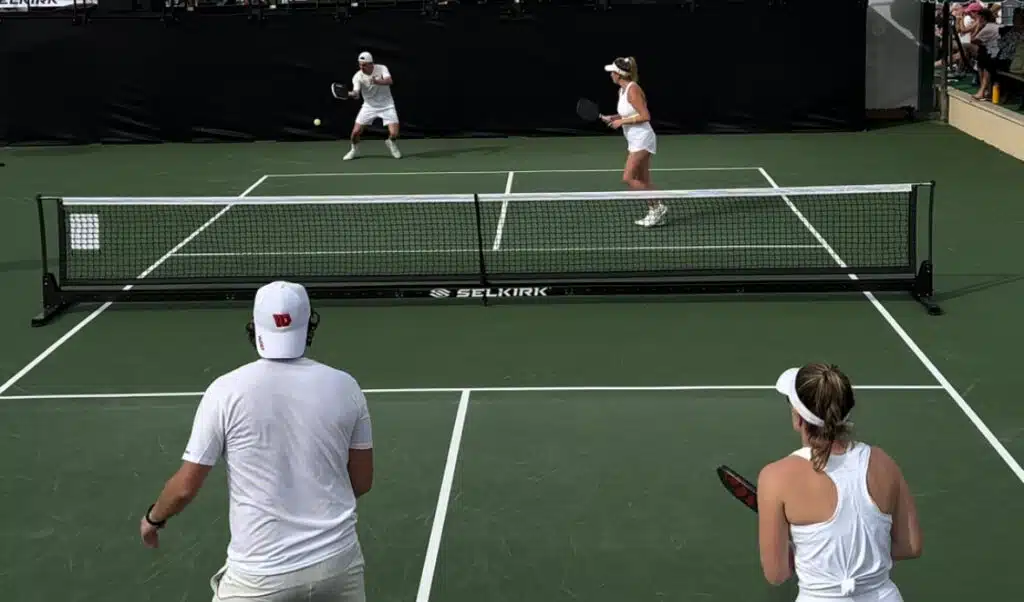
Types of Serves to Master
Serving in pickleball is more than just getting the ball over the net; it sets the tone for the entire rally. Developing a repertoire of serves can keep your opponents guessing and off balance. The drive serve is a powerful, fast serve aimed at pushing your opponent back, making it harder for them to control the return. When executing this serve, focus on generating power from your legs and core rather than just the arm swing.
In contrast, the lob serve is useful for catching your opponent off guard. This high-arching serve gives you time to position yourself advantageously on the court. Similarly, the spin serve adds an element of unpredictability. By imparting topspin or sidespin, you force your opponent to adapt to the ball’s altered flight path and bounce.
Mastery of these serves involves not just practicing each type in isolation but understanding their situational uses. For example, a drive serve is particularly effective when facing an opponent who struggles with fastballs, whereas a lob serve can be a strategic play to shift the momentum.
Strategies for Serving Deep
Serving deep into the opponent’s court is a strategic maneuver to limit their offensive options. A deep serve targets the back of the service box, ideally landing near your opponent’s baseline. The depth of the serve forces the receiving player to hit the return from a more challenging position, often leading to a weaker third shot.
To execute a deep serve, focus on a controlled but powerful swing. Maintain a semi-closed stance to stabilize your balance. Visualize a target area about a foot from the baseline and aim for that spot consistently. Engaging your legs and core in the serve will provide the necessary power without sacrificing control.
Practicing this service strategy also involves adjusting based on your opponent’s weaknesses. If your rival has a weaker backhand, aim for a deep serve to their backhand side. Consistently placing your serves deep can frustrate opponents, disrupt their rhythm, and give you the upper hand right from the start.
Mastering the Return of Serve
Deep Returns and Targeting Weaknesses
Just as serving deep can disrupt your opponent, so can effectively returning serve. The objective of a return is not only to get the ball back over the net but also to place it in a position that jeopardizes your opponent’s next shot. A deep return of serve pushes your opponent back, preventing them from advancing quickly to the net and gaining a strategic advantage.
Pay particular attention to your opponent’s stance and tendencies. If they habitually favor their forehand, a return directed towards their backhand can cause trouble. Analyzing and targeting weaknesses is a chess-like element of pickleball that turns a simple rally into a tactical battle.
Practicing deep returns can be done by placing targets near the back of the court and striving to hit those marks consistently. Mix up your returns occasionally to keep your opponent off balance but aim predominantly to return deep, neutralizing aggressive servers and setting up your play.
Common Mistakes to Avoid
Despite its simplicity, the return of serve can be misplayed easily if not approached correctly. One frequent mistake is not getting low enough for the return. A lower stance provides better stability and allows you to generate more controlled power. Additionally, many players tend to overhit their returns, leading to balls going out of bounds. Focus on control rather than power to keep your returns in play.
Another common error is failing to anticipate the serve. Watching the server’s motions and racquet angle can give you clues about the type of serve coming your way. By anticipating, you can react more swiftly and position yourself more advantageously.
Moreover, letting nerves take over can undermine your performance. Staying calm, focused, and breathing steadily are crucial to handling the pressure and executing a successful return. Breaking these bad habits and implementing deliberate strategies can dramatically improve your return game.
Advanced Strategies and Tactics
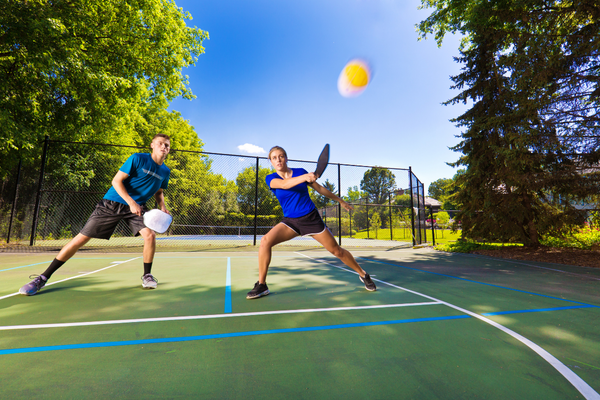
Varying Your Shots
In pickleball, being a one-trick pony isn’t enough to elevate your game. Successful players have a diverse arsenal of shots to keep their opponents guessing. Utilizing a combination of dinks, drives, drops, and lobs allows you to control the pace and flow of the game. For instance, mixing in a lob after a series of groundstrokes can disrupt your opponent’s rhythm, making them second-guess their positioning.
Imagine each pickleball shot as a different instrument in an orchestra. Alone, they produce a pleasant tune, but when brought together harmoniously, they create a masterpiece. Similarly, varying your shots creates a well-rounded, unpredictable game that can fluster even the most skilled opponents.
Additionally, practicing these different shots individually refines each one, and applying them in matches teaches you when and how to use them effectively. Strive to be versatile and adaptable. By adding a variety of shots to your playbook, you diversify your strategies and elevate your tactical game.
Playing to Your Strengths and Opponent’s Weaknesses
Knowing your strengths and exploiting your opponent’s weaknesses is key to advancing in pickleball. This strategy involves self-awareness and keen observation. Reflect on your game and identify your most reliable shots and strategies. Maybe your cross-court dink is impeccable, or your forehand drive is your biggest weapon. Relying on these strengths during critical points can secure victories.
Equally important is identifying and capitalizing on your opponent’s weaknesses. Observe their footwork, shot preferences, and reactions under pressure. If an opponent struggles with backhand shots, direct the ball to their backhand side frequently. If they tend to stay back from the net, employ drop shots.
This combination of introspection and exploitation transforms a good player into an exceptional one. Documenting and analyzing match experiences can further refine these strategies. Remember, pickleball is as much a mental game as it is physical. Outthinking your opponent is often the first step to outperforming them.
Dinking Techniques
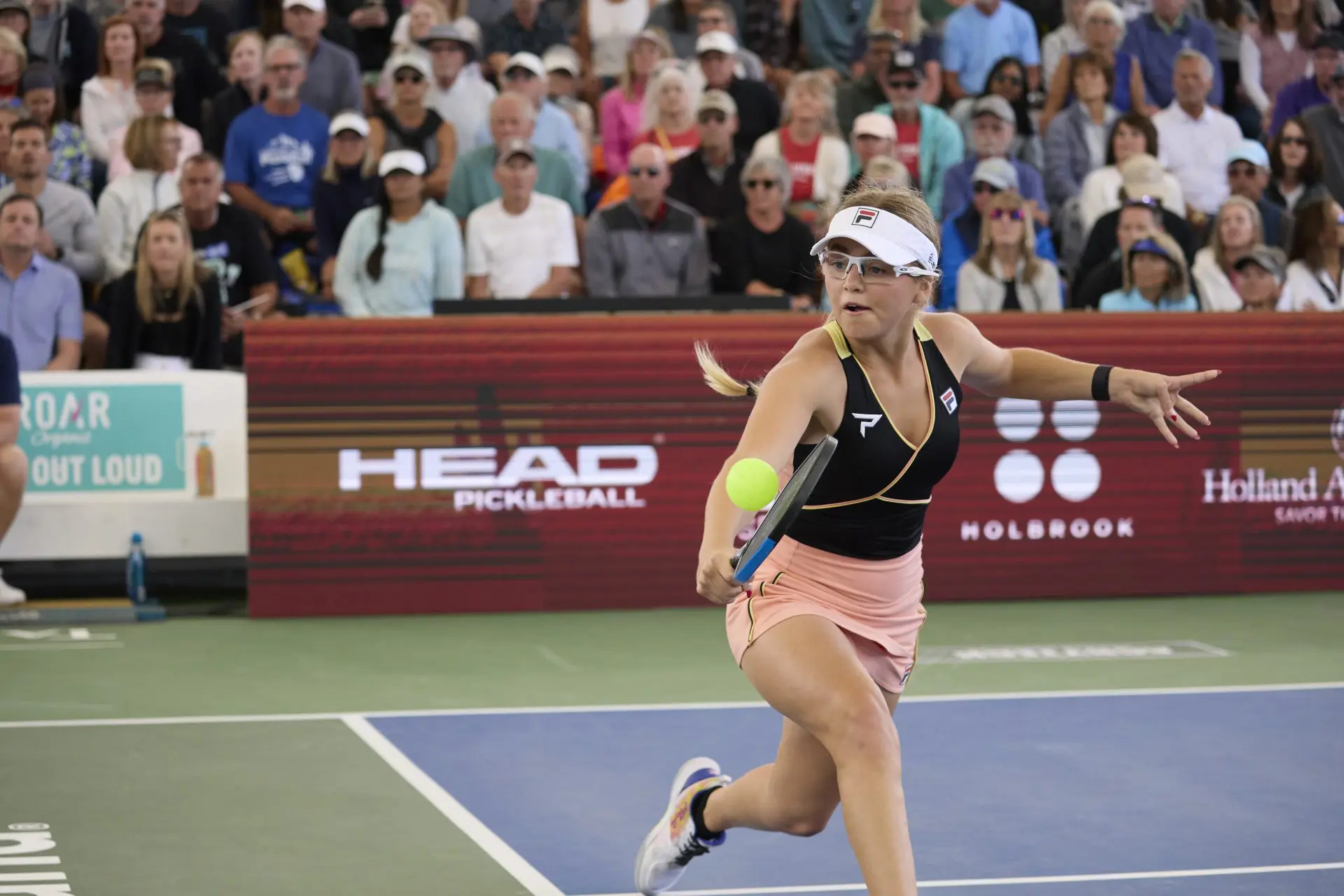
Importance of the Dink
The dink is a quintessential shot in pickleball, characterized by its soft approach and precision. Unlike power shots that aim to overwhelm, the dink focuses on control and placement, usually landing in the kitchen or non-volley zone. This shot forces opponents to hit upward, often resulting in weaker returns.
Think of the dink as a chess move rather than a checkers move; it’s about positioning and foresight. The low trajectory and soft touch required for dinks can wear down opponents, making them impatient and prone to errors. Dinking isn’t about flashy plays but about methodically outmaneuvering your opponent and seizing control of the rally.
Perfecting the dink requires practicing placement, touch, and consistent execution. Incorporate dinking drills into your practice routine, focusing on maintaining a low paddle angle and controlled follow-through. Over time, mastering the dink can become your secret weapon, turning defensive plays into offensive opportunities.
Crosscourt vs. Straight Dinks
When it comes to dinking, the directionality plays a significant role. Crosscourt dinks, aimed diagonally across the court, provide a larger target area and a lower net section, reducing the chance of errors. The crosscourt trajectory also creates more acute angles, making it harder for your opponent to attack.
Conversely, straight dinks or dinks played parallel to the sidelines have their own strategic advantages. While riskier due to the higher net section, straight dinks can pull your opponent out of position and create openings for more aggressive shots. Balancing between crosscourt and straight dinks can keep your opponent off balance and unsure of your next move.
To practice, set up cones or targets in the kitchen area and alternate hitting crosscourt and straight dinks. This deliberate practice hones your precision and adaptability, ensuring you can execute the optimal dink based on the situation at hand.
Communicating in Doubles Play
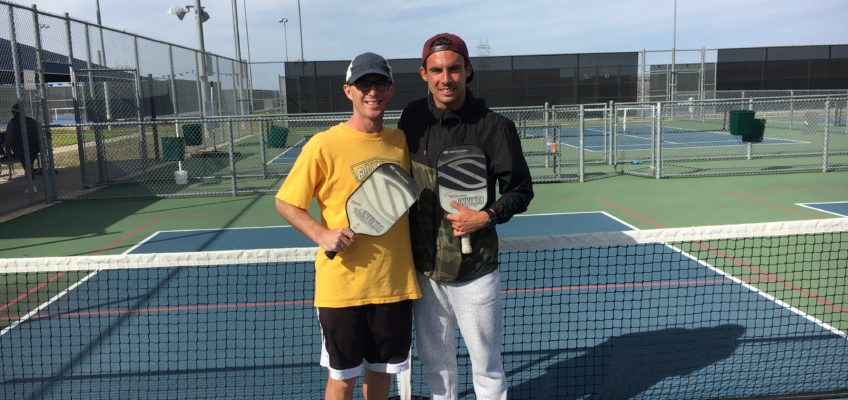
Roles and Responsibilities
Effective communication is the backbone of successful doubles play in pickleball. Each player needs to understand their roles and responsibilities clearly. Typically, one player may take charge of calling the shots, positioning, and strategizing, while the other focuses on execution and support.
Think of your partner as an extension of yourself on the court. You must exhibit synergy, much like a well-rehearsed dance duo. Discussing and practicing specific scenarios, such as who covers the middle or who takes the forehand shots, can prevent confusion during gameplay.
Develop a set of signals, both verbal and non-verbal, to communicate intentions quickly and efficiently. Simple cues like “yours” or “mine” can prevent overlaps and missed opportunities. Over time, effective communication fosters trust, making your doubles play more coordinated and formidable.
Signals and Strategies for Effective Communication
Beyond verbal cues, non-verbal signals such as hand gestures can enhance your communication in doubles play. These signals can be particularly useful when poaching or planning specific plays. For instance, a subtle hand tap on the leg can indicate a planned poach, while a raised hand can signal a lob or drop shot.
To develop these signals, spend time off the court establishing and practicing them with your partner. Simulate various scenarios and rehearse the corresponding signals. Incorporate these signals gradually into your practice matches until they become second nature.
Additionally, discussing strategies before matches and during breaks can align your game plan. Regular check-ins ensure you and your partner are on the same page, adapting to the evolving dynamics of the match. Integration of effective signals and strategies can elevate your doubles game, transforming you and your partner into a seamless, strategic unit.
Staying Competitive: Fitness Tips
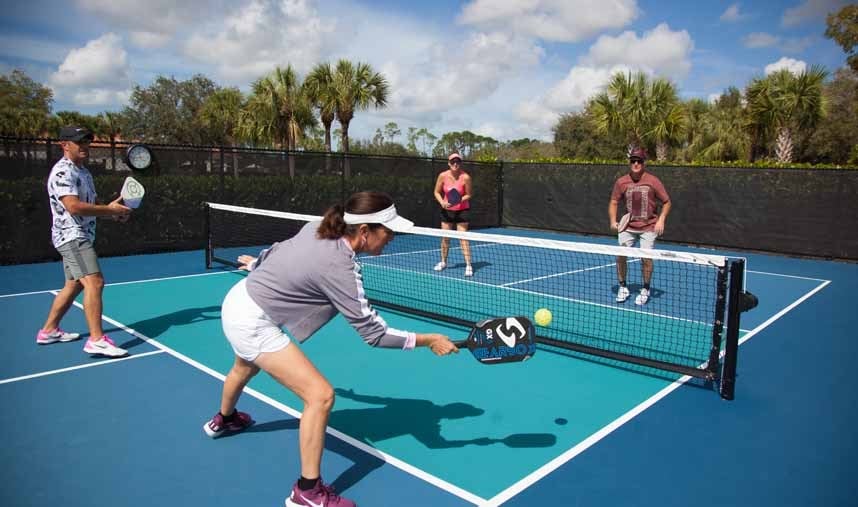
Importance of Agility and Endurance
Staying competitive in pickleball demands not only skill but also physical prowess. Agility and endurance are cornerstones of peak performance. Agility drills, such as ladder exercises and short sprints, enhance your quickness and allow you to change directions rapidly. Picture yourself as a sprightly deer, moving with speed and dexterity to outmaneuver your opponent.
Endurance, on the other hand, ensures you maintain a high level of play throughout the match. Cardiovascular exercises like running or cycling increase your stamina and energy levels. Imagine running a marathon and needing that sustainable energy to keep up with long rallies and intense matches.
Balancing agility and endurance training in your workout regimen can significantly improve your on-court performance. Aim to incorporate these exercises at least three times a week, in addition to your regular pickleball practice. Combining skill development with physical fitness ensures you remain competitive and resilient in any match scenario.
Recommended Exercises for Pickleball Players
To enhance your pickleball performance, integrate the following recommended exercises into your fitness routine:
- Agility Drills:
- Ladder Drills: Step in and out of a ladder placed on the ground to improve footwork.
- Cone Drills: Set up cones and practice zigzag movements to enhance lateral agility.
- Endurance Training:
- Running/Cycling: Engage in moderate to high-intensity running or cycling sessions to build stamina.
- Interval Training: Incorporate high-intensity intervals followed by rest periods to improve overall cardiovascular fitness.
- Strength Training:
- Squats and Lunges: Focus on lower body strength for explosive movements.
- Push-ups and Planks: Strengthen your upper body and core, essential for powerful shots and stability.
- Flexibility and Recovery:
- Yoga/Pilates: Improve flexibility and balance with yoga or Pilates sessions.
- Foam Rolling: Use foam rollers post-exercise to alleviate muscle soreness and enhance recovery.
Regular, balanced workouts involving agility, endurance, strength, and flexibility exercises can keep you in peak physical condition, enabling you to maintain competitiveness on the pickleball court.
Mental Game and Focus
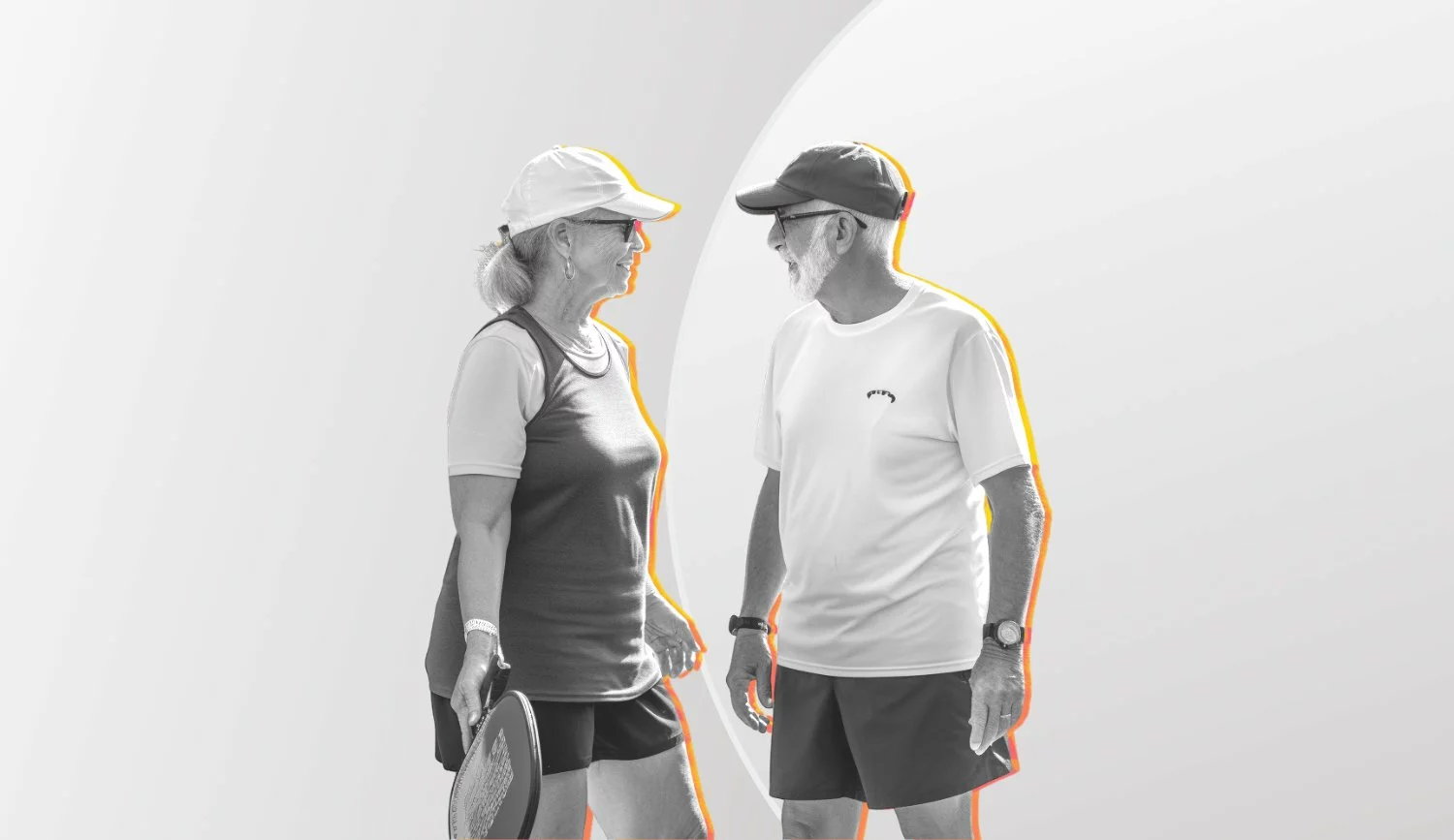
Developing Patience on the Court
Patience is a virtue, especially in pickleball. The fast-paced nature of the game can tempt players to rush shots or force plays, leading to unforced errors. Developing patience means understanding when to execute aggressive shots and when to engage in controlled, strategic rallies. Envision a chess player meticulously planning each move, waiting for the opportune moment to strike.
In practice, focus on maintaining composure, even when under pressure. Breathe steadily, keep your movements deliberate, and remain calm. Training yourself to handle long rallies without losing patience can turn tight matches in your favor.
Techniques for Staying Calm Under Pressure
Maintaining mental calm during high-stress moments is paramount in competitive pickleball. Techniques such as deep breathing, mindfulness, and visualization can help manage stress and anxiety. Before a match, spend a few moments visualizing successful shots and positive outcomes. Engage in deep breathing exercises to center your mind and alleviate jitters.
Additionally, developing a pre-shot routine can anchor your focus. This routine might include bouncing the ball, adjusting your grip, or a specific thought or phrase that calms your nerves. By integrating these routines, you create a mental buffer against pressure, allowing you to perform consistently at your best.
Common Mistakes to Avoid
Areas Where Players Typically Struggle
Several common mistakes can undermine your pickleball game. Standing in “no man’s land” the area between the baseline and the kitchen restricts your ability to control the net. Instead, move up to the kitchen line once the serve and return-serve are executed.
Another area of struggle is over-reliance on power shots. While powerful drives are impressive, they are risky. Incorporating finesse shots like dinks and drop shots can create a more balanced and unpredictable game.
Choosing an inappropriate paddle can also affect your performance. A paddle that’s too heavy or too light for your play style can hinder your shots. Ensure your paddle complements your playing strengths and ergonomic needs.
Tips to Overcome Common Challenges
To overcome these common challenges, focus on consistent, targeted practice. Work on your court positioning by transitioning smoothly from the baseline to the kitchen line. Engage in drills that emphasize footwork and court awareness.
Diversify your shot selection by practicing both power and finesse shots. Allocate time in your practice sessions to develop soft dinks and precise drop shots, enriching your gameplay arsenal.
Lastly, experiment with different paddles to find the one that feels most comfortable and enhances your play. Seek feedback from experienced players or coaches to guide your choice.
By addressing these common mistakes and implementing strategic tips, you can progress from a beginner to a proficient pickleball player, enjoying the sport with greater confidence and success.
FAQs
How Do I Get Better at Pickleball?
Improving at pickleball involves a multifaceted approach:
- Consistent Practice: Regularly play and practice different shots and strategies.
- Skill Development: Focus on mastering fundamental skills like serving, dinking, and footwork.
- Physical Fitness: Enhance your agility, strength, and endurance with targeted workouts.
- Mental Game: Develop mental resilience, focus, and strategic thinking.
- Learning from Others: Play with and observe more experienced players to learn techniques and tactics.
What Is the Golden Rule of Pickleball?
The golden rule of pickleball is to keep the ball in play and force your opponents to make the mistakes. Consistency and patience often lead to winning points. Focus on keeping the ball low, maintaining composure during long rallies, and strategically placing shots to capitalize on your opponents’ weaknesses.
How to Win Pickleball Every Time?
While winning every game isn’t always realistic, increasing your chances involves:
- Mastering Basics: Ensure you have a strong grasp of fundamental skills and court positioning.
- Strategic Play: Play to your strengths, exploit opponents’ weaknesses, and use a variety of shots.
- Staying Fit: Maintain peak physical fitness to outlast and outmaneuver your opponents.
- Mental Toughness: Stay calm under pressure, make smart shot decisions, and maintain a positive attitude.
- Adaptability: Be prepared to adjust your strategy based on your opponents’ play style and weaknesses.
What Is the Hardest Part of Pickleball?
The hardest part of pickleball is mastering the mental and strategic aspects of the game. While physical skills are essential, understanding opponent tendencies, maintaining focus under pressure, and executing smart tactical decisions consistently separates good players from great ones.
Conclusion and Next Steps
Your pickleball journey doesn’t end with mastering these tips. The sport offers continuous learning and growth opportunities, whether through playing, attending workshops, or watching professional matches. Engage with the pickleball community, join local clubs, and participate in tournaments to refine your skills
Resources for Further Learning
To enhance your pickleball proficiency, various resources can provide additional knowledge and training:
- Instructional Videos: Platforms like YouTube host numerous instructional videos from pickleball experts. Channels like Pickleball 411 and Third Shot Sports offer drills, strategies, and game analysis.
- Books: Books like “Pickleball: Tips, Strategies, Lessons & Myths” by Prem Carnot and David Paull provide in-depth advice and techniques.
- Websites and Blogs: Websites such as PickleballCentral.com and blogs like the Pickleball Mastermind offer articles, tutorials, and product reviews to help you keep up with the latest trends and tips.
- Training Camps and Clinics: Attending pickleball training camps, such as those by the EngagePickleball Academy or Pickleball Getaways, provides hands-on experience and personalized coaching.
- Local Clubs and Communities: Engaging with local pickleball clubs can provide regular practice opportunities, tournaments, and social gatherings with fellow enthusiasts.
- Online Courses: Websites like Pickleball Coaching International offer structured online courses covering various aspects of pickleball, from beginner basics to advanced tactics.
Continuing Your Pickleball Journey
Your pickleball journey is a continuous adventure that extends beyond mastering the basics. Here’s how to ensure you keep progressing:
- Regular Practice: Dedicate consistent time to practice and refine your skills. Practice sessions should include drills for serving, returning, dinking, and footwork.
- Competitive Play: Participate in local tournaments and matches to experience different play styles and strategies. Competitive play hones your tactical thinking and adaptability.
- Self-Assessment: Regularly evaluate your performance. Identify strengths to capitalize on and weaknesses to address. Keeping a journal of your matches and practice sessions can help track progress.
- Setting Goals: Set achievable short-term and long-term goals for your pickleball development. Goals provide direction and motivation, keeping you focused on continuous improvement.
- Seek Feedback: Don’t shy away from constructive criticism. Playing with more experienced players and seeking feedback from coaches can offer insights into your game and areas for improvement.
- Stay Updated: The pickleball landscape evolves with new techniques, equipment, and rules. Stay informed about the latest developments through pickleball associations and communities.
Embracing the Pickleball Community
Pickleball is not just a sport; it’s a vibrant community of players passionate about the game. Embrace this community through:
- Volunteering: Help organize local tournaments or teach beginners. Giving back fosters community spirit and deepens your connection to the sport.
- Social Media: Join pickleball groups on platforms like Facebook, Instagram, and Reddit. These communities are treasure troves of advice, event announcements, and engaging discussions.
- Networking: Build relationships with fellow players. Networking opens doors to new playing opportunities, partnerships, and friendships.
Final Thoughts
In the leaps and rallies of pickleball lies a blend of physical agility, mental acuity, and joyful camaraderie. Whether you are captivated by the sport’s pace or its strategic allure, every game presents an opportunity to grow, challenge yourself, and become a better player.
By implementing the detailed pickleball tips and strategies outlined in this guide, you set the stage for continual improvement and enjoyment in every pickleball match. So grab your paddle, hit the court, and let your pickleball journey flourish.
As we conclude this ultimate guide, remember that your progress in pickleball mirrors dedication and passion. Cultivate your skills, partake in the vibrant pickleball community, and celebrate the highs and learning moments of this enthralling sport. Here’s to many successful games and a rewarding pickleball journey ahead!
This advanced, detailed guide provides all pickleball enthusiasts whether beginners or seasoned players with advice and strategies to refine their game, ensuring they stay competitive and thrive on the court. By integrating these tips into regular practice and gaining insights from various resources, players can significantly elevate their performance and deepen their love for pickleball.
